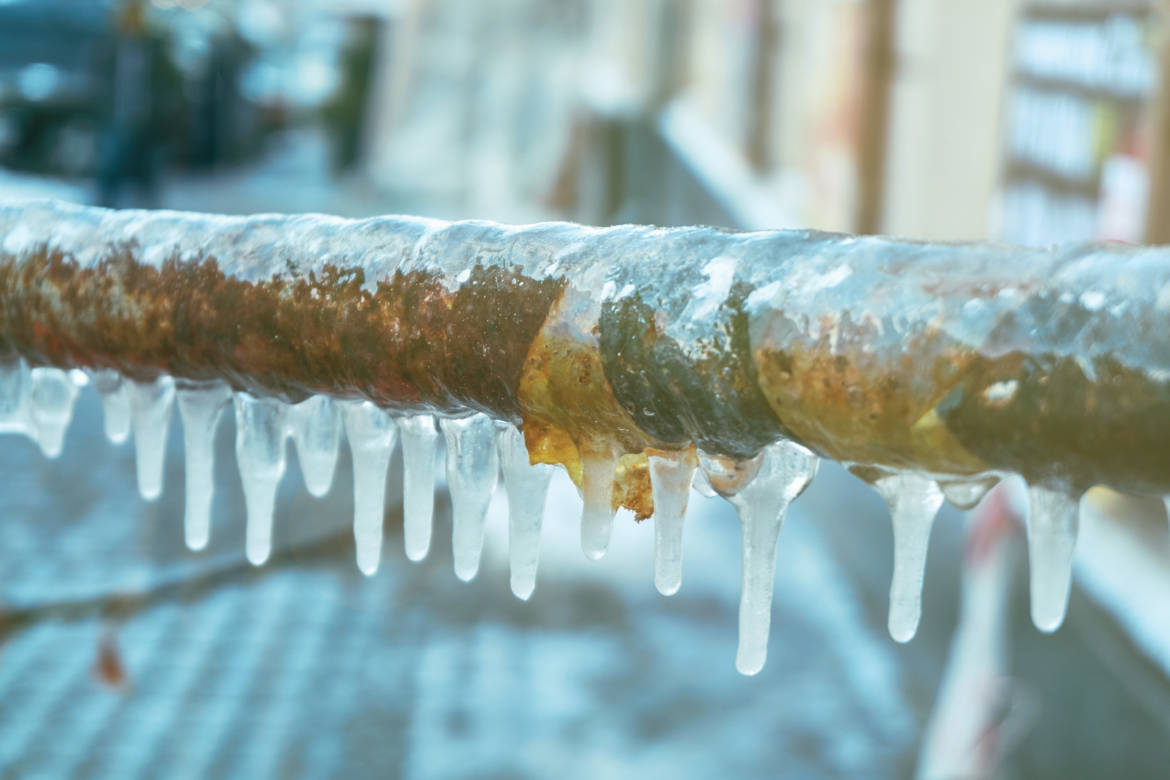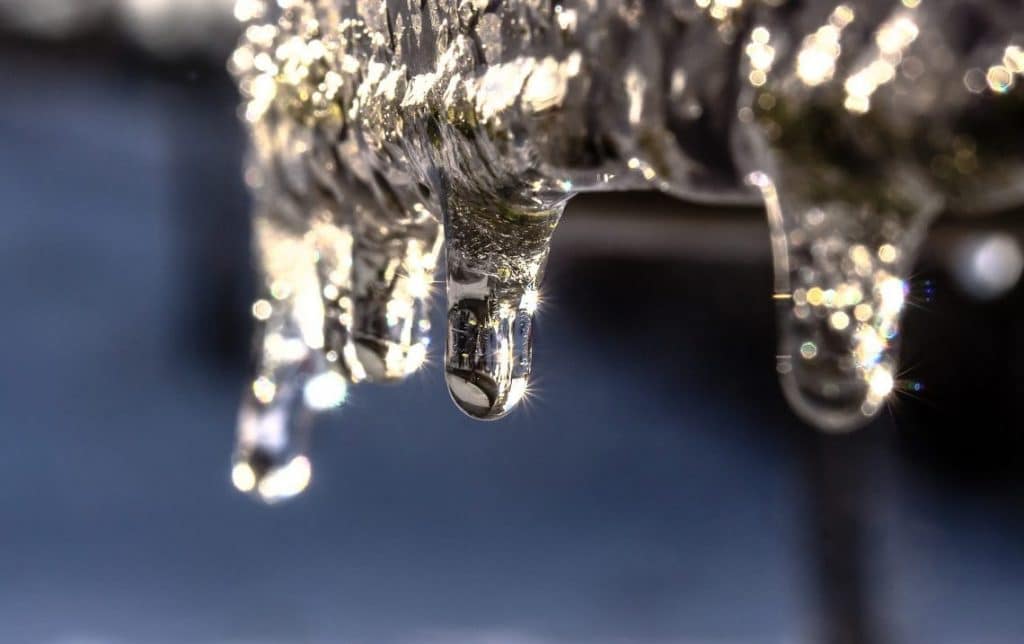Here underneath you will find additional awesome answers relating to How to prepare your home plumbing for winter weather.

Winter can damage your pipes, especially by freezing pipes. Below's exactly how to prevent it from occurring and what to do if it does.
Introduction
As temperature levels drop, the danger of icy pipes rises, potentially bring about expensive repairs and water damage. Recognizing how to avoid icy pipes is essential for house owners in chilly climates.
Prevention Tips
Shielding prone pipelines
Cover pipelines in insulation sleeves or utilize heat tape to safeguard them from freezing temperatures. Concentrate on pipelines in unheated or outside locations of the home.
Home heating strategies
Keep indoor rooms effectively heated, particularly locations with pipes. Open up closet doors to allow warm air to distribute around pipelines under sinks.
Just how to recognize icy pipes
Look for lowered water circulation from taps, uncommon smells or sounds from pipelines, and noticeable frost on subjected pipelines.
Long-Term Solutions
Structural modifications
Think about rerouting pipes away from exterior wall surfaces or unheated locations. Include additional insulation to attics, cellars, and crawl spaces.
Updating insulation
Purchase top notch insulation for pipes, attic rooms, and walls. Correct insulation assists maintain consistent temperature levels and decreases the threat of frozen pipelines.
Protecting Outside Plumbing
Yard hoses and outside taps
Detach and drain pipes yard hose pipes prior to winter. Set up frost-proof faucets or cover exterior faucets with shielded caps.
Understanding Frozen Pipelines
What creates pipelines to freeze?
Pipes freeze when subjected to temperature levels below 32 ° F (0 ° C) for extended durations. As water inside the pipelines freezes, it increases, taxing the pipe walls and possibly triggering them to break.
Risks and damages
Icy pipelines can result in water disturbances, home damage, and costly fixings. Ruptured pipelines can flood homes and trigger substantial structural damage.
Indicators of Frozen Water Lines
Determining frozen pipes early can stop them from rupturing.
What to Do If Your Pipes Freeze
Immediate activities to take
If you believe frozen pipes, maintain taps available to alleviate stress as the ice melts. Use a hairdryer or towels taken in hot water to thaw pipelines slowly.
Verdict
Avoiding icy pipes calls for proactive procedures and quick actions. By understanding the causes, indicators, and preventive measures, house owners can protect their plumbing throughout cold weather.
5 Ways to Prevent Frozen Pipes
Drain Outdoor Faucets and Disconnect Hoses
First, close the shut-off valve that controls the flow of water in the pipe to your outdoor faucet. Then, head outside to disconnect and drain your hose and open the outdoor faucet to allow the water to completely drain out of the line. Turn off the faucet when done. Finally, head back to the shut-off valve and drain the remaining water inside the pipe into a bucket or container. Additionally, if you have a home irrigation system, you should consider hiring an expert to clear the system of water each year.
Insulate Pipes
One of the best and most cost-effective methods for preventing frozen water pipes is to wrap your pipes with insulation. This is especially important for areas in your home that aren’t exposed to heat, such as an attic. We suggest using foam sleeves, which can typically be found at your local hardware store.
Keep Heat Running at 65
Your pipes are located inside your walls, and the temperature there is much colder than the rest of the house. To prevent your pipes from freezing, The Insurance Information Institute suggests that you keep your home heated to at least 65 degrees, even when traveling. You may want to invest in smart devices that can keep an eye on the temperature in your home while you’re away.
Leave Water Dripping
Moving water — even a small trickle — can prevent ice from forming inside your pipes. When freezing temps are imminent, start a drip of water from all faucets that serve exposed pipes. Leaving a few faucets running will also help relieve pressure inside the pipes and help prevent a rupture if the water inside freezes.
Open Cupboard Doors
Warm your kitchen and bathroom pipes by opening cupboards and vanities. You should also leave your interior doors ajar to help warm air circulate evenly throughout your home.

We had been made aware of that article about Helpful Tips to Prevent Frozen Pipes this Winter through an associate on our other website. Sharing is nice. Who knows, you will be doing someone a favor. I truly appreciate reading our article about Prevent Frozen Pipes .
Explore Now
Comments on “Prevent Frozen Plumbing in Winter: Expert Advice”